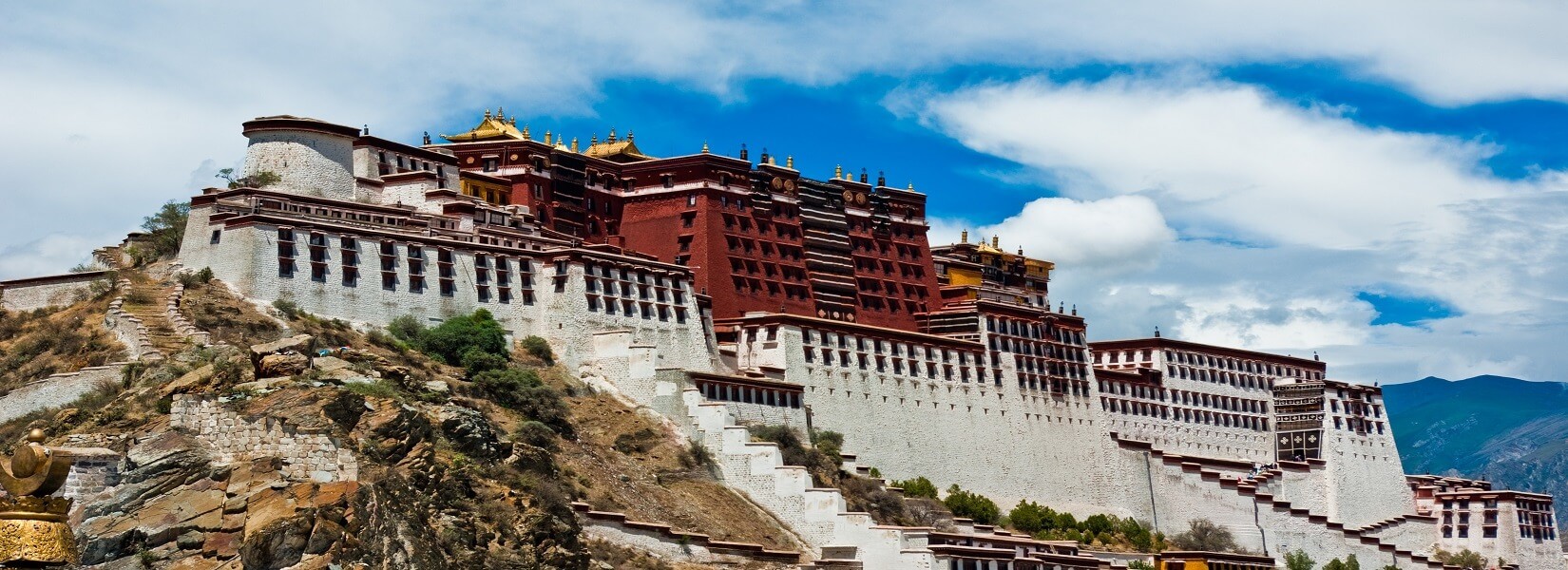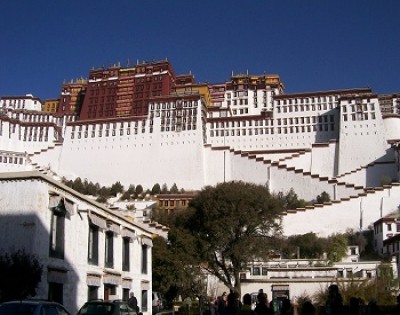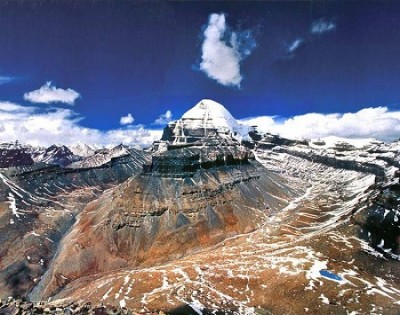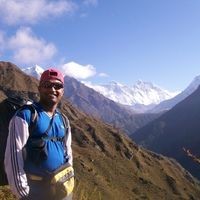Tibet Tour
Tibet Tour Package Tibet remains one of the most interesting & cultural regions of the world. Situated at an average elevation of 5,000m (16,000 ft.) above the sea level, It is without a doubt one of the most remarkable places to visit in Asia.
This is the land of the ancient Buddhist culture – its arts & monasteries. Surrounded by grand mountains, century-old caravan trails cross the mysterious landscape through hidden valleys to exotic cities. All of this combines to offer you a unique experience. Tibet offers you a spiritual journey to highlight your lifetime.
The mountain terrain of the plateau presents the ultimate challenge for climbers, trekkers, and adventures. Known as the “roof of the world,” in short Tibet is a destination for the ultimate thrill-seeker.
Tibet is surely a destination apart from most in the world, the rolling hills of the high plateau and the stunning Himalayas are known to any. Refereed as Shangri La, The Forbidden Land, The Roof Of the World and by many more, the mysterious Buddhist Kingdom remained long closed to foreigners, exerting a strong hold on the imagination of the world. For centuries, it has fascinated mankind. It was hardly accessible to the outside world and has been always a challenge to human beings. Tibet, a “forbidden land” not only by man but also by nature, attracted many explorers, scholars, and pilgrims and adventure lovers, all in pursuit of “Real Shangrila”. It is not only the geographical and natural enchants but also a long historical culture and religion that appeal the foreigners to visit Tibet at least once in a lifetime.
Money
The Chinese currency is known as as-RMB. The basic unit of this currency is called ‘Yuan’, which is substituted by the Chinese word ‘kuai’. The Bank of China has their branches in Zhangmu, Shigatse, and Lhasa. You can only use your credit card in the Lhasa Branch of the Bank of China. Getting telegraphic transfers to Tibet takes five weeks on average.
Clothes & Accessories
In the summer months, unless you are not planning to go on a high altitude trekking, a couple of inner T-shirts and a good sweater will work enough. Thermal underwear, a down jacket and even a balaclava for ear protection are essential during other months of the year. A light sleeping bag would be an advantage. Good walking boots and thick socks, a hat, the raincoat will be useful. Sunglasses, sunscreen lotion, lips guard, toiletries etc are other needs.
Health
There is no need to be overly worried about altitude sickness or other risks to health. Some travelers who fly or go overland to Lhasa are likely to experience some symptoms of altitude sickness but in most cases, they are mild and recedes after a couple of days of rest in Lhasa. However, all visitors to Tibet should have knowledge about Altitude Sickness, its cause, prevention, and remedies.
Other health hazards are like sunburn, cold, motion sickness, giardiasis, diarrhea, dysentery etc. Your travel insurance should be valid in China and cover all expenses incurred due to health hazards.
Season To Travel
You can travel to Tibet throughout the year but mid-May through to the mid of October is the best period.
Climate: The temperature varies sharply from the south grassland to the northern plateau. The south is warm and rainy. The most rain falls from May to September. It is warm from June to August. The coldest months are from December to February and crossing over the passes becomes almost impossible. Below given is a table of average temperature, rainfall, and sunshine hours in Tibet.
Accommodation
Tibet travelers are not supposed to expect luxury, more choice, and options. Tibetan urban centers like Lhasa, Gyantse, Shigatse, and Tsedang have choices and better condition hotels but in the rest of the destinations, maybe you have to throw in yourself into a truck stop or inns with a row of rooms each containing four or five beds. Hot water is provided in jugs or thermoses with a washing basin. Do not expect running water and electricity in such places.









